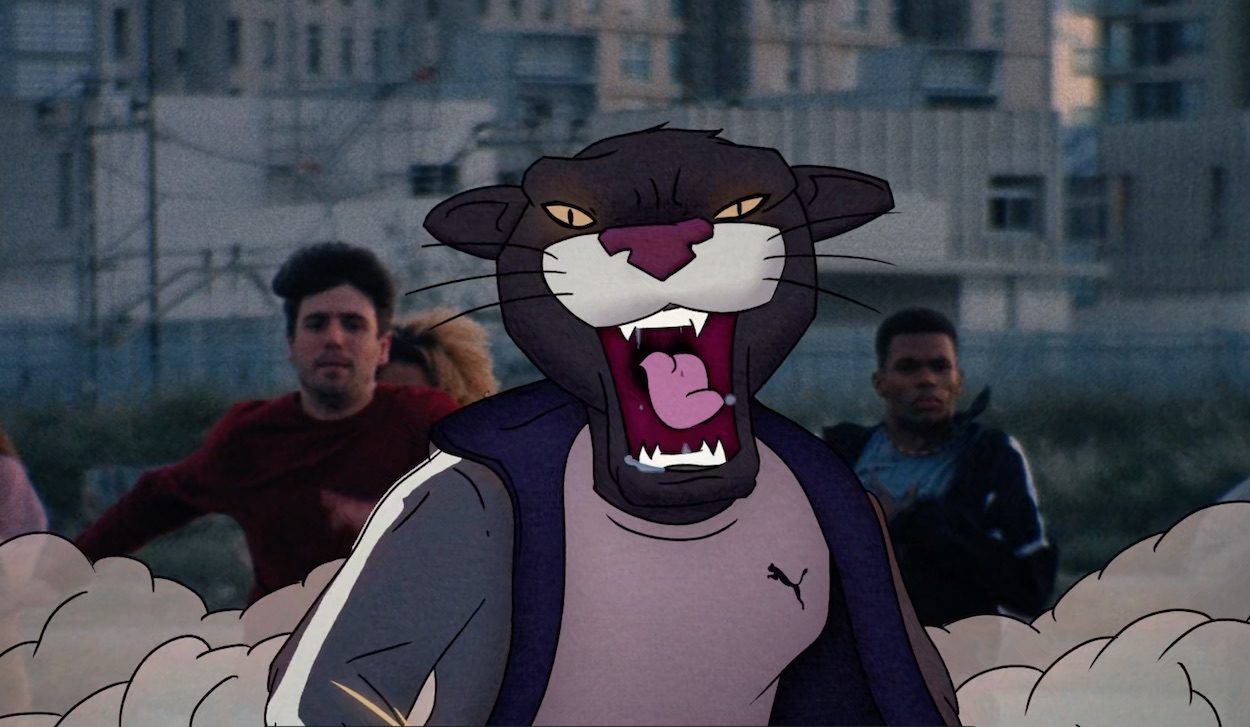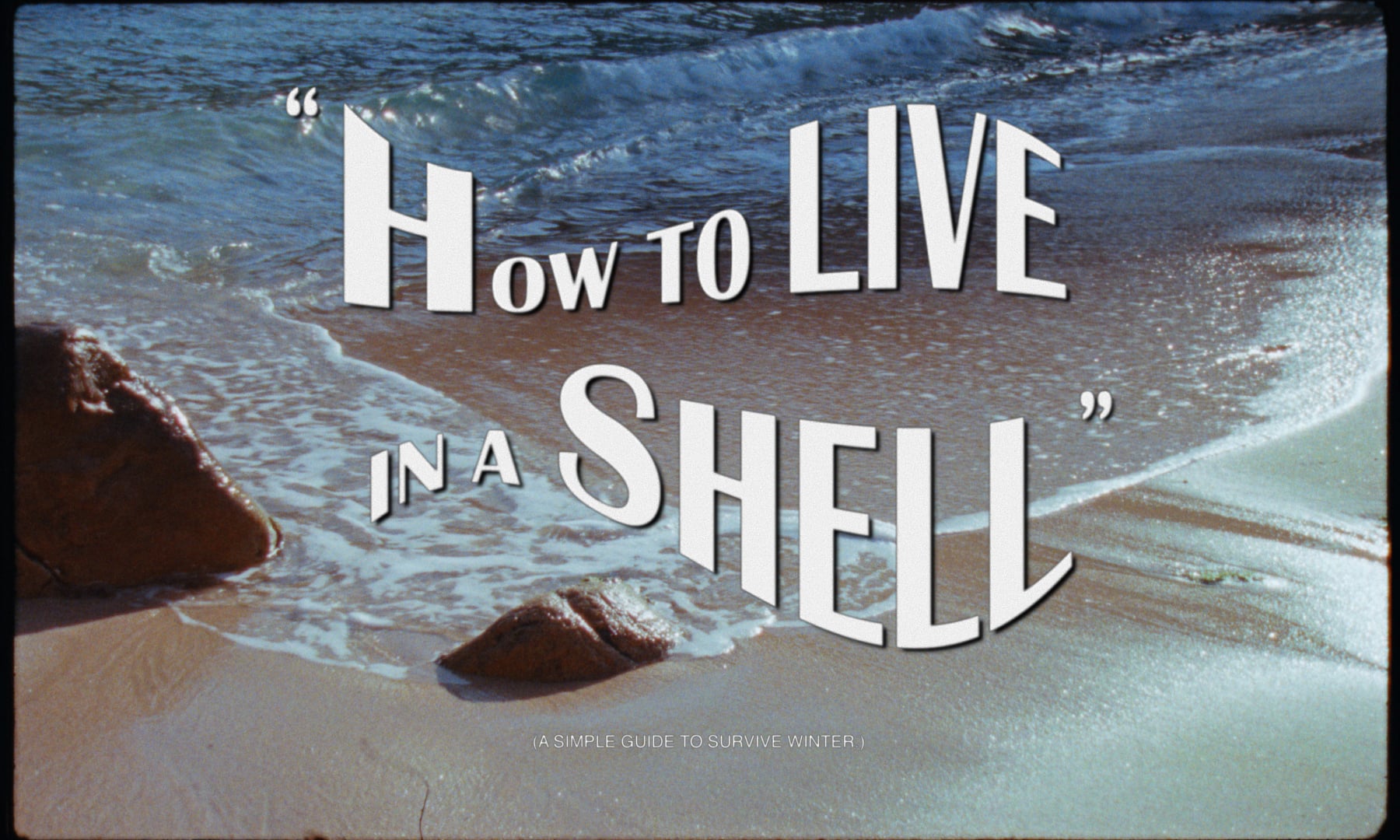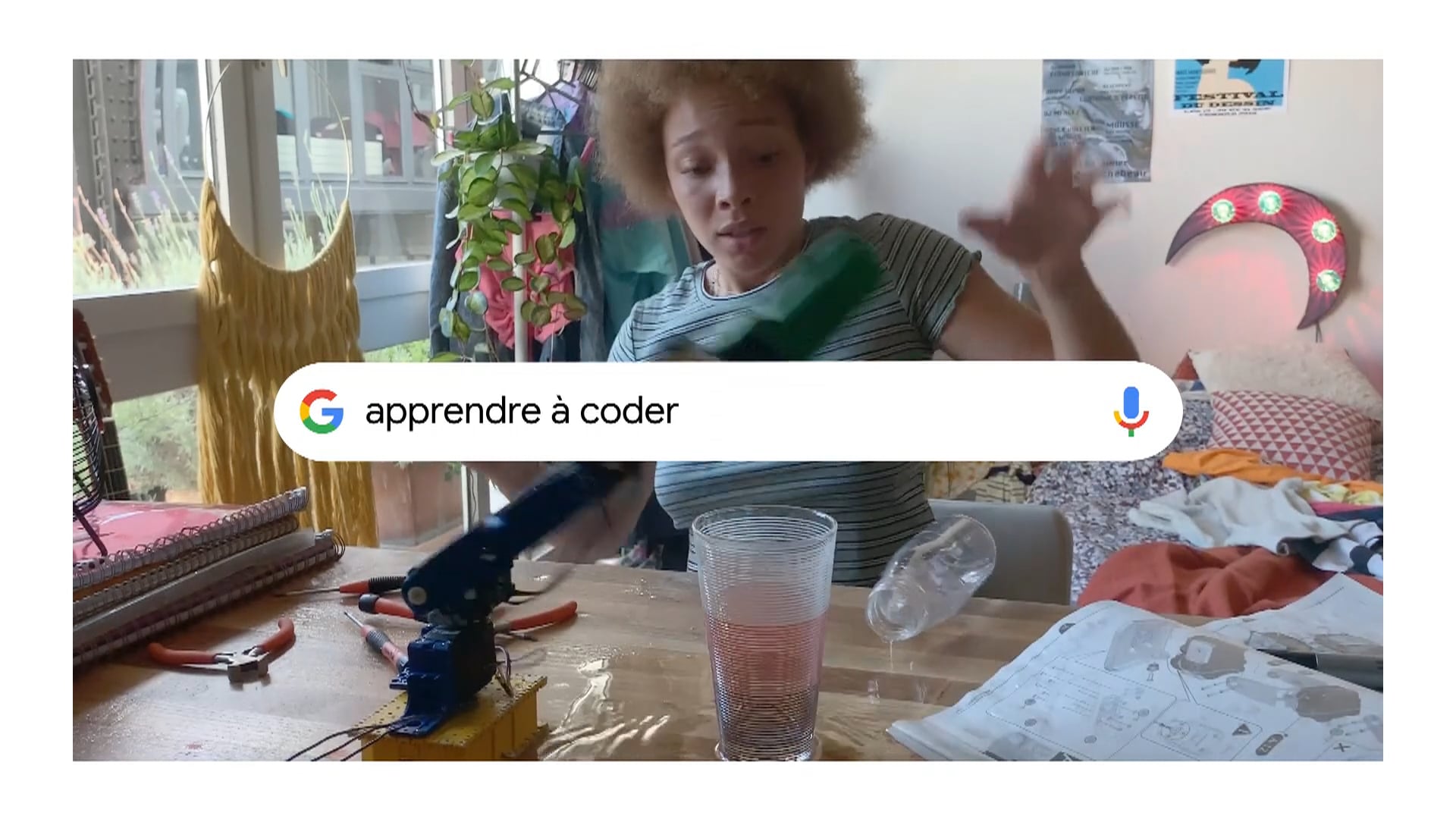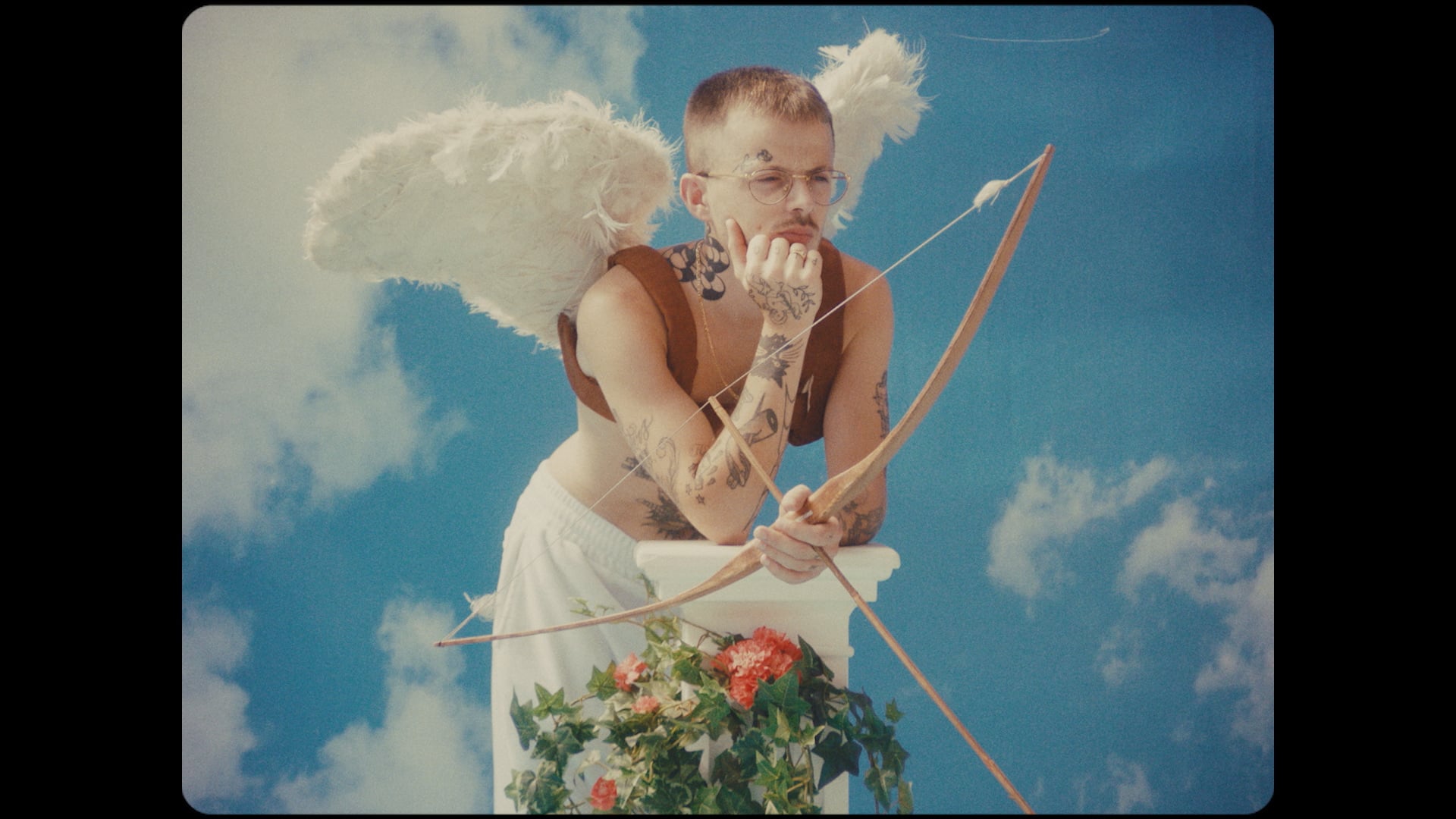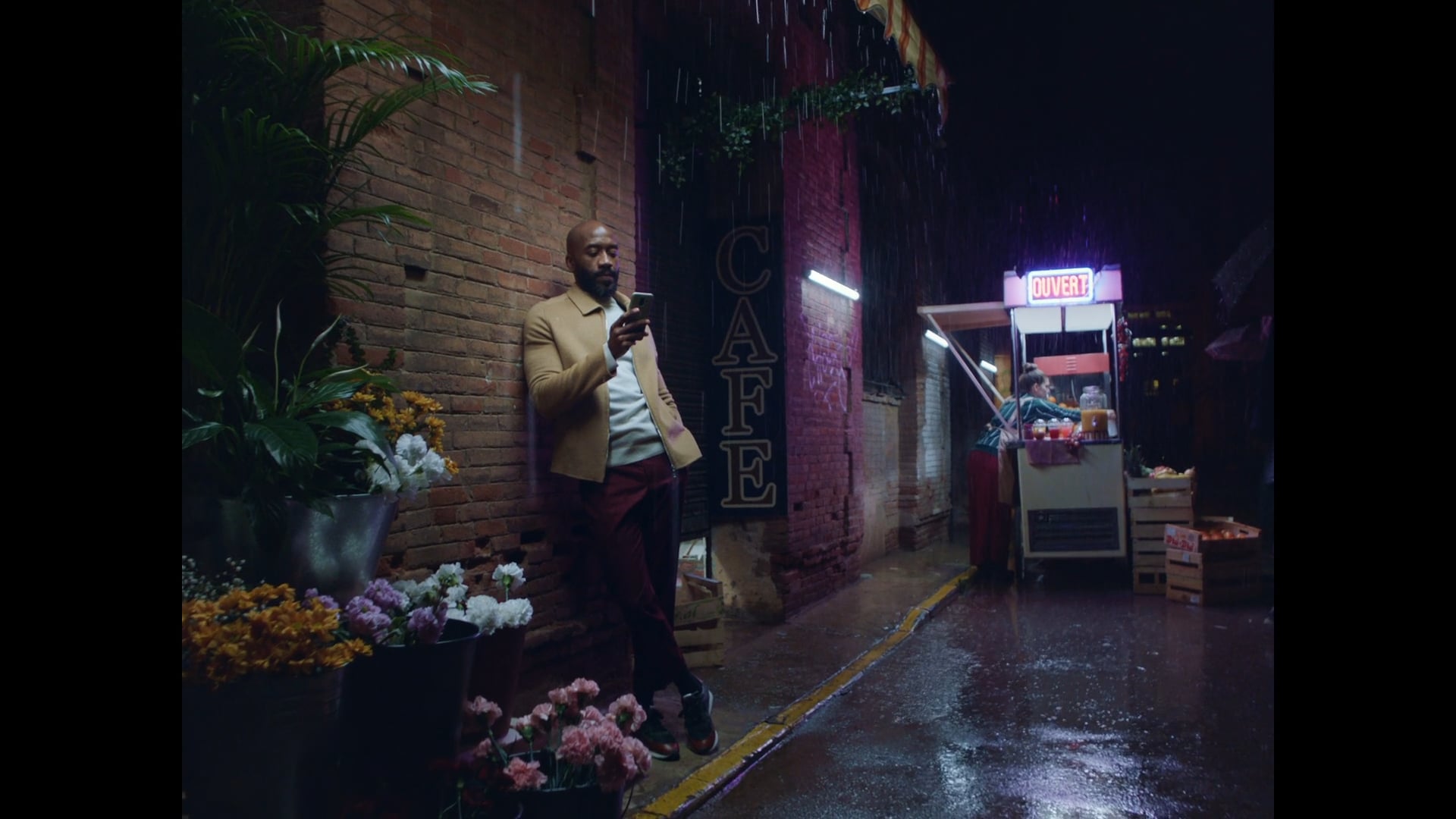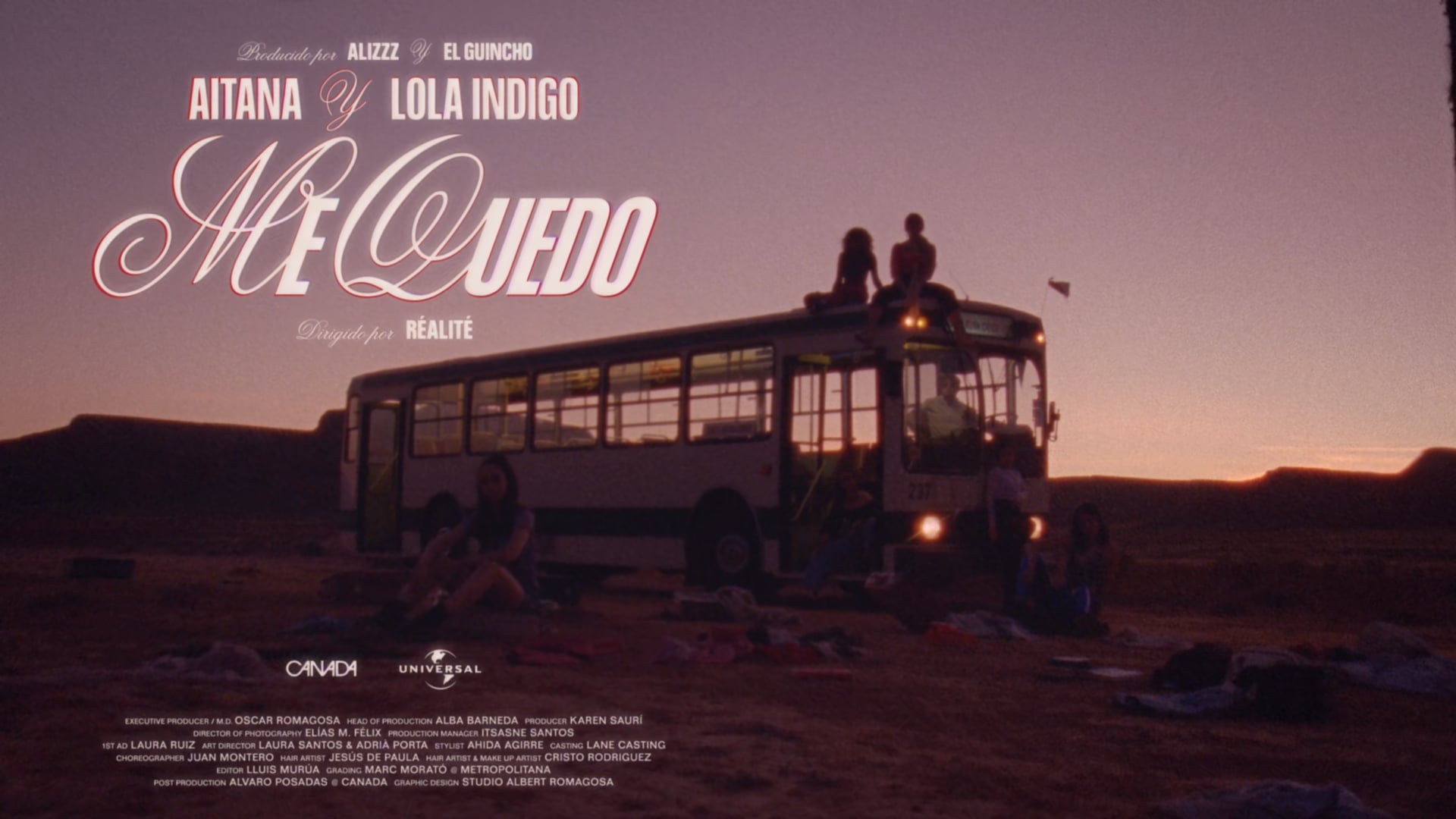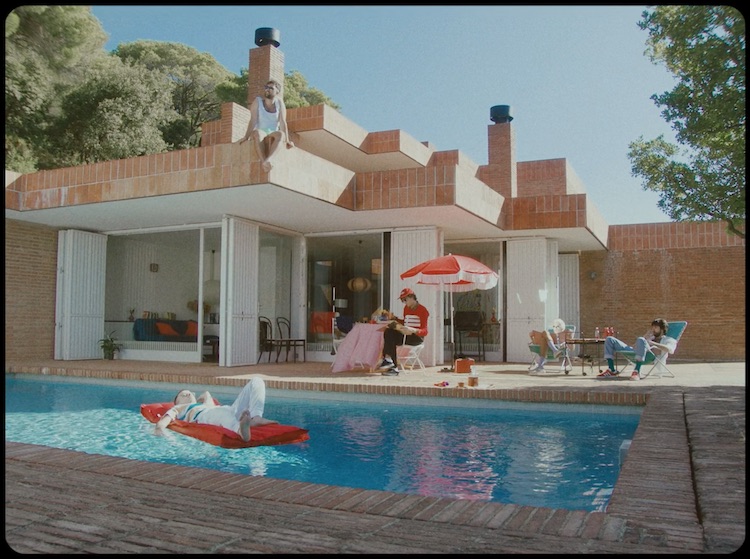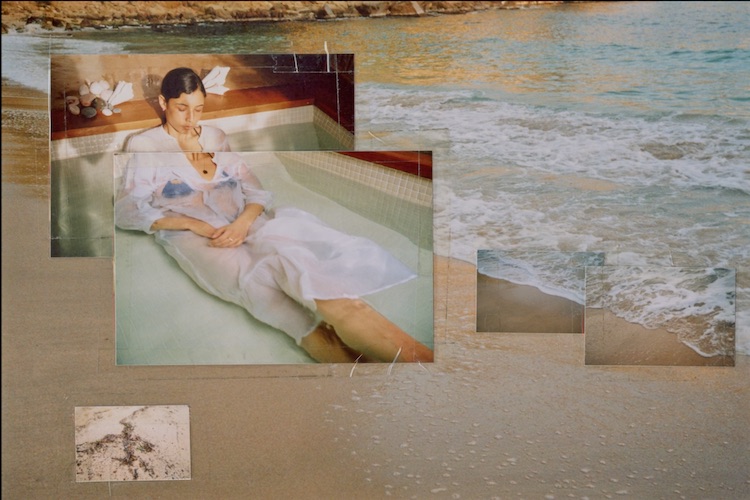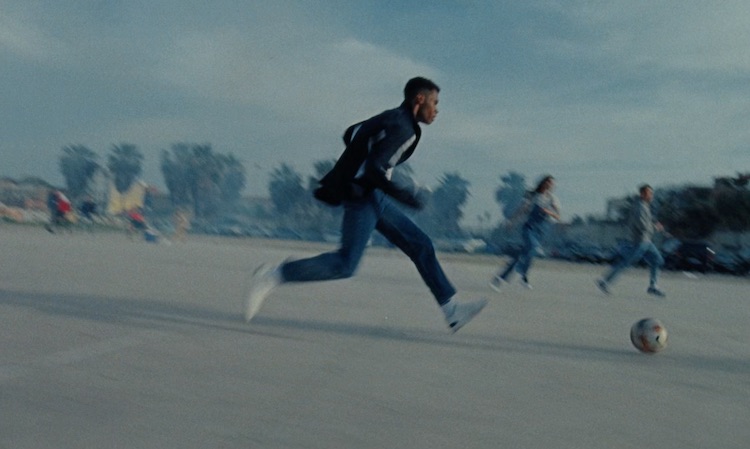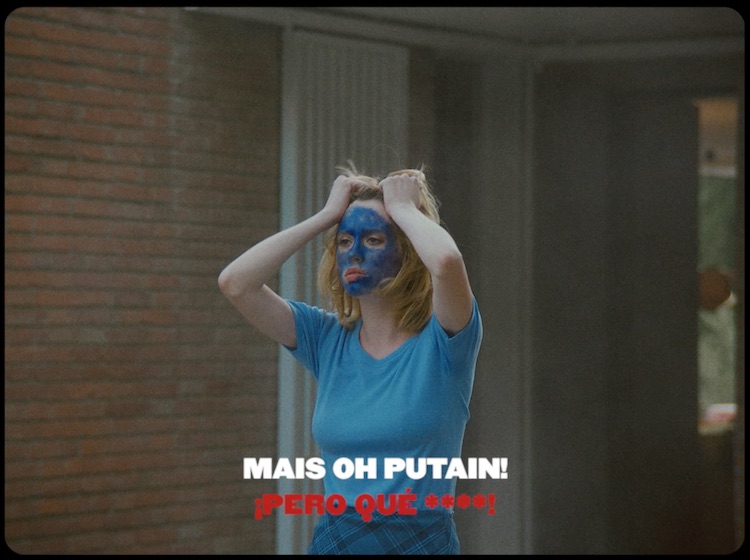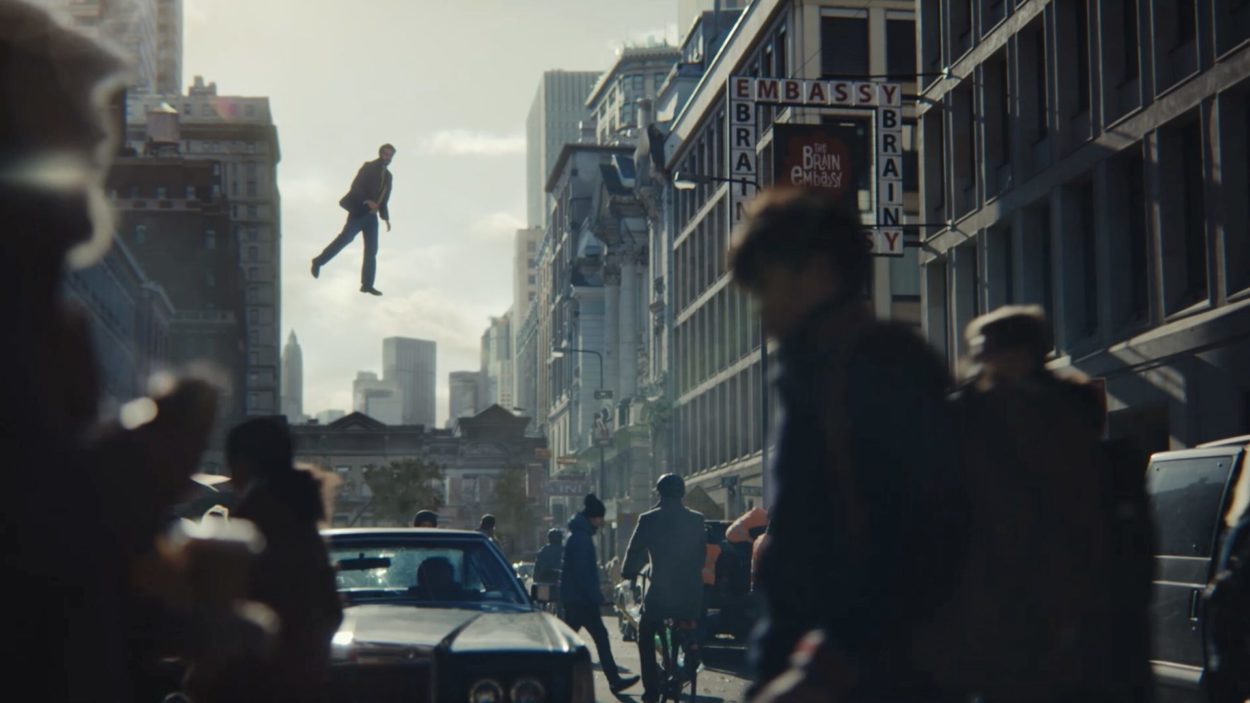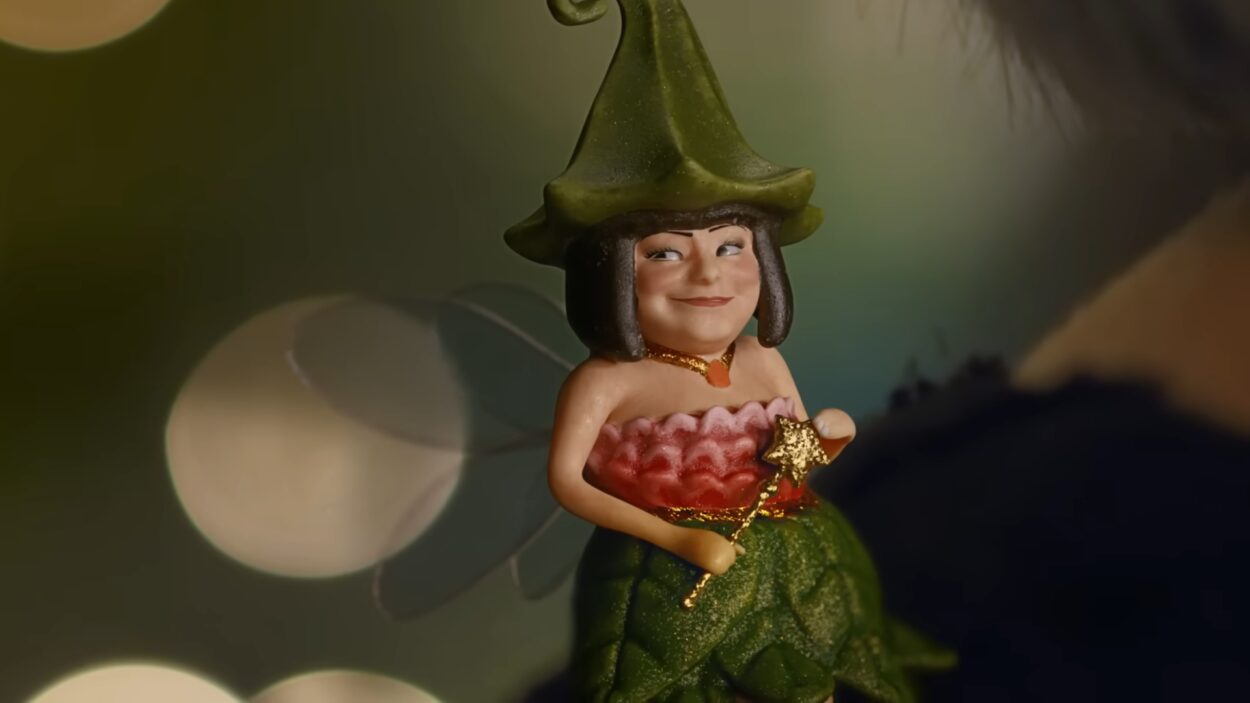You’ve got a really unusual set-up in that you operate as a directing collective and can do various aspects of the filmmaking process – from conception through to real image and some post including 2D animation. How many are you at RÉALITÉ and how exactly do you all work within the collective; do you have specific roles?
We are a directing duo now (Alba Solé and Jason Causse), but we haven’t always been one.
Let’s start from the beginning. When we started RÉALITÉ there were three of us: Alba Solé, Jason Causse and Julián Morales. Julián was the one who made us fall in love with animation and we started using it in our pieces. And then Julián fell in love, and left us to move to Paris. C’est la vie.
Sometime after, Laura Santos came on board as an art director. We would work together in the creative concepting of the projects, we’d direct and she would do the art direction. Eventually, Laura started getting too many art directing projects outside RÉALITÉ so she left to be a full-time art director. We still love working together, and we do it whenever we can. She still art directs most of our projects.
Cupido, No Sabes Mentir
How do you resolve creative conflicts and ensure that everybody within the collective is listened to?
We recommend anyone that is part of a creative group – or any kind of organization that sells ideas – to read Ed Catmull’s “Creativity INC.”. Hierarchy is always needed if there is more than one brain thinking and you want to be productive, but it can kill a huge amount of good ideas. You need to rethink your rules a little bit. You can start by getting rid of your rectangular meeting table and buying a circular one.
You all met in Barcelona at the ESCAC Film School; how much did that experience shape your creative outlook and what was it that drew you to each other?
The best thing about film school was finding people who shared the same interests and were as motivated to learn as we were. We all learned new things from each other.
Also, besides school-related projects, while we were there we shot something every weekend; short films, music videos, experimental stuff… and you would always find people that wanted to help you. We made great friends there and we also found a team we could count on and do projects with. It wasn’t you alone with your crappy camera anymore, it was a team thing, and that was great.
We met at that time and in that context and started working together a lot. It went pretty well and by when school ended, we knew we wanted to keep doing things together.
What’s the story behind the name RÉALITÉ?
You need to check the movie Réalité from the absolute genius director Quentin Dupieux. The answer is in it.
Gimaguas, How to Live in a Shell
You have a very eclectic style that seems to be inspired by collages and montages; how do you plan for these?
We’re very happy you mentioned the “eclectic” style. Our style isn’t especially inspired by collages and montages, even if we do like them a lot, we just thought it was the best approach for those specific projects because they talked about nostalgia, pieces of memory and things that are gone. We don’t want to be known as the directors of a specific emotion or “kind of stories”, because the reason we love our job is that we are always doing new stuff. We like exploring new ideas and trying different things, always through our own lens.
And, how do we plan for these? Usually, a lot more than it may seem.
What inspires you all; do you share references or do you each bring in different niche interests?
We don’t know. You can be inspired by everything that happens to you or things you watch or listen to. Obviously we share a lot of references, but we also have our own interests, which is amazing because it forces both of us to always think outside the box and see things from a different perspective.
Puma, Football is for the Brave
Your Puma film, Football is for the brave, focuses on the spirit of the game, reminding viewers of the magic and strength that unites fans to players. How important was the voiceover in tying the story’s narrative together?
In fact, everything was built from the voice over. We received the copy from Dani, the creative director at Helsinki Studio, and we started working on a story that would make sense and drive the same emotions. Dani also talked to us about the values of the club (Valencia CF), its history and spirit, and that’s how we came up with the whole thing.
The film is also stunning. Where did the shoot take place and how long did it take to pull off? Were there any challenges on-set that you had to overcome?
Simply put… it was the hardest shoot of our lives.
Our first big job since we started working with CANADA, so the pressure was high to begin with! There were thousands of challenges on set, but it would be a bit too much to list them here. We had almost no time for prep, a tight budget and two days to shoot where almost every unexpected thing happened at one point or another.
We’ll just say that there is one scene shot on iPhone. Guess which one?
Cupido, No Sabes Mentir
You use a combination of stock footage combined with live-action and cutaways to enhance ideas expressed in the voiceover. How did you ensure that these different visuals styles would work in the edit?
Part of the concept was meant to honour the history of the football club, remembering some of the great moments that the club lived wearing Puma equipment. We were also presenting Puma to the young Valencia fanbase, so we went for a collage piece that mixed and connected both things; the memory of the Puma days and what Puma will bring again to the new and young Valencia generation.
We felt that we needed to do a piece that was visually appealing to the younger audiences while still being relatable for the lifelong fanbase.
We were using different visual styles but they were connected by a feeling.
How long have you been signed to CANADA what was it about being represented with them that appealed?
We have been doing projects with them for almost a year now. In fact, the Puma commercial was one of the first things we shot with CANADA. They work with amazing directors and we loved the work they have been producing. One of the things we liked most was that they aren’t afraid of working with young talent and that’s a great thing (especially for us). It was a clear yes.
Interview by Olivia Atkins
LINKS:
